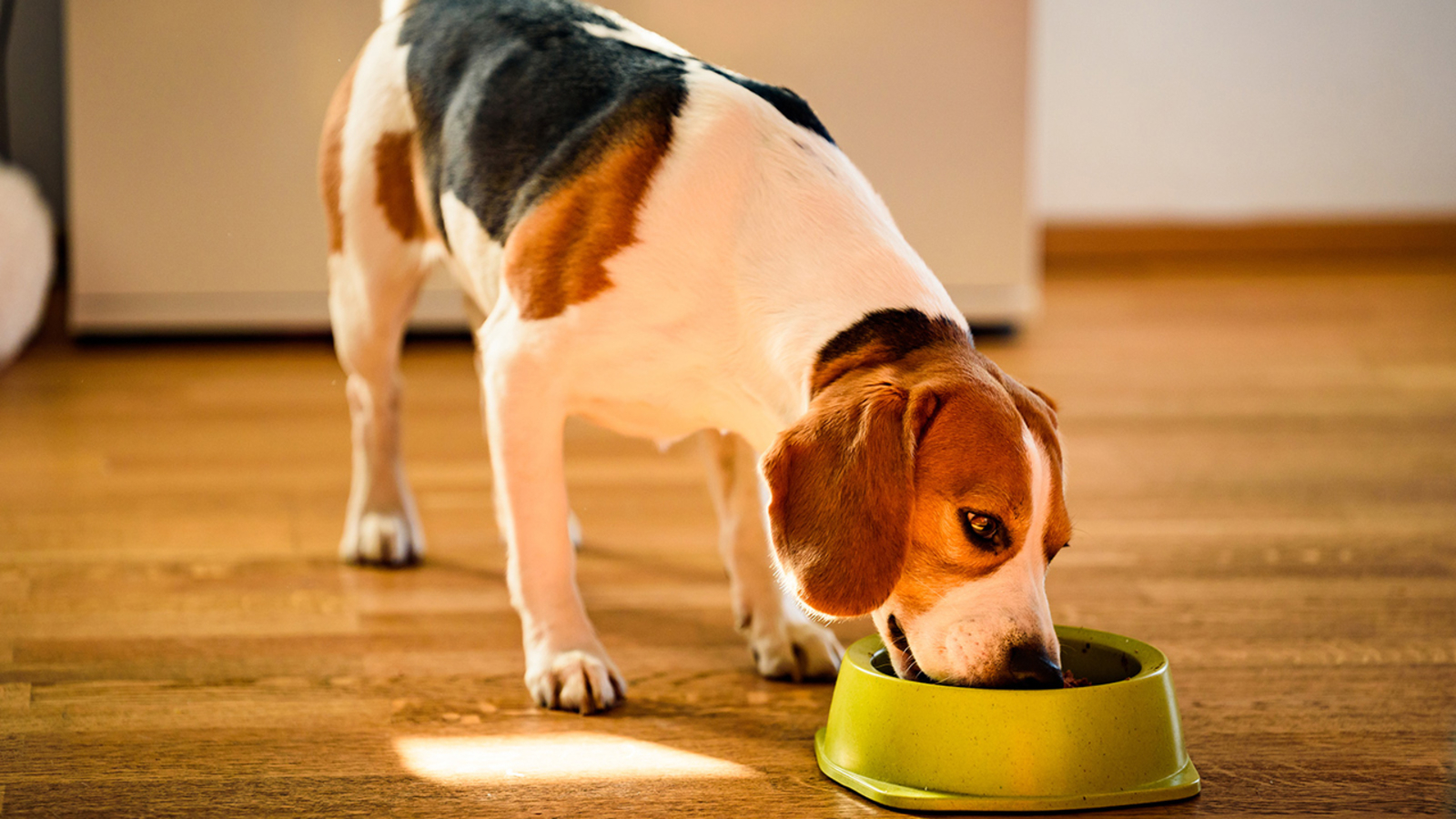- August 30, 2022
- No Comment
- 6 minutes read
Pet owner tips: How often you wash your dog's bowl can affect your health, too, study says – WPVI-TV

WATCH LIVE
There have been multiple outbreaks of illnesses among humans after exposure to E. coli- and salmonella-contaminated dog food.
Pet feeding can have negative health consequences if not managed properly.
PHILADELPHIA — How we feed our pets, store their food and wash their dishes can have negative health consequences if not done properly — for both humans and animals.
There have been multiple outbreaks of illnesses among humans after exposure to E. coli- and salmonella-contaminated dog food, which has been more likely in commercial and homemade raw food diets. These diets typically involve the need to prep pets' foods in the kitchen, according to a study published Wednesday in the journal PLOS ONE.
But guidelines for how owners should safely handle pet food and dishes is limited, and their effectiveness is unclear, so the authors of the new study investigated dog owners' feeding habits and analyzed the impact of US Food and Drug Administration hygiene protocols on dog food dish contamination.
During casual conversations among veterinary nutritionists, "we realized that, when it came to our own pets, we all had different pet food storage and hygiene practices," said Emily Luisana, a coauthor of the study and small animal veterinary nutritionist. "Once we realized that (FDA) recommendations were relatively unknown even among professionals, we wanted to see what other pet owners were doing."
Luisana is on the veterinary advisory board for Tailored, a pet nutrition expert-led dog food company. Caitlyn Getty, another coauthor of the study, is the scientific affairs veterinarian for NomNomNow Inc., a company focused on pet gut health and suitable food. Neither company funded this study, and the authors didn't report any competing interests. The study's focus is owners' handling of any dog food, not the food brands themselves.
The researchers found 4.7% of 417 surveyed dog owners were aware of the FDA's pet food handling and dish hygiene guidelines — 43% of participants stored dog food within 5 feet (1.5 meters) of human food, 34% washed their hands after feeding and 33% prepared their dog food on prep surfaces intended for human use.
Fifty owners (of 68 dogs total) participated in a roughly eight-day bowl contamination experiment. The authors swabbed the bowls for bacterial populations, which are known as aerobic plate counts, then split owners into three groups: Group A followed the FDA's tips, which included washing their hands before and after handling pet food, not using the bowl to scoop food, washing the bowl and scooping utensils with soap and hot water after use, discarding uneaten food in a designated manner, and storing dry pet food in its original bag.
Group B had to follow FDA food handling tips for both pets and humans, which also required handwashing for at least 20 seconds with soap and warm water; scraping food off dishes before washing; washing dishes with soap and water hotter than 160 degrees Fahrenheit (71 C) for at least 30 seconds, drying thoroughly with a clean towel, or using a National Sanitation Foundation-certified dishwasher for washing and drying.
Group C wasn't given any instructions but was told when the second swabbing would happen.
The practices followed by groups A and B led to significant decreases in food dish contamination, compared with Group C, the study found. Dishes washed with hot water or a dishwasher had a decrease of 1.5 units on the contamination scale compared with those washed with cold or lukewarm water. The US Centers for Disease Control and Prevention's "cleaning and sanitization guidelines for human dishes are based on achieving a 5-log reduction in bacterial counts," the authors wrote. A 1.5-log reduction is equal to a 90% to 99% reduction in microorganisms; a 5-log reduction means 99.999% of microorganisms have been killed.
The contamination of the bowls in Group C increased between swabbings. None of the Group C owners had washed their dogs' bowls within the eight or so days since the authors collected the first bacterial sample, "even though they were made aware that FDA guidelines existed and the bowl would be sampled again," Luisana said.
"This shows that bringing awareness of the current recommendations is not sufficient in itself," she added.
The authors said they think this education is especially important for vulnerable populations, such as people who are immunocompromised.
Pet food dishes have ranked highly among most contaminated household objects, sometimes even having bacterial loads close to those of toilets, according to studies published over the past 15 years.
However, 20% of people from groups A and B in the current study said they were likely to follow hygiene instructions long term, and even fewer — 8% — said they were likely to follow all given guidelines.
"Our study shows that pet owners look to their veterinarian, pet food store and pet food manufacturers for information about pet food storage and hygiene guidelines," Luisana said. Pet food companies studying their foods in both laboratory conditions and household settings, then giving storage and handling recommendations on labels or websites, would be a strong start, she added.
Further studies on implications are needed, but Luisana said she hopes pet owners and vets use this study's findings to consider the impact feeding hygiene could have on pets' health and happiness, immunocompromised people and zoonotic diseases, those spread between animals and people.
The-CNN-Wire & 2022 Cable News Network, Inc., a WarnerMedia Company. All rights reserved.
Cars crash in Camden, but no one found at the scene
2 people hospitalized after shooting in Vineland
EMT charged with taking photos of woman in back of ambulance: Police

